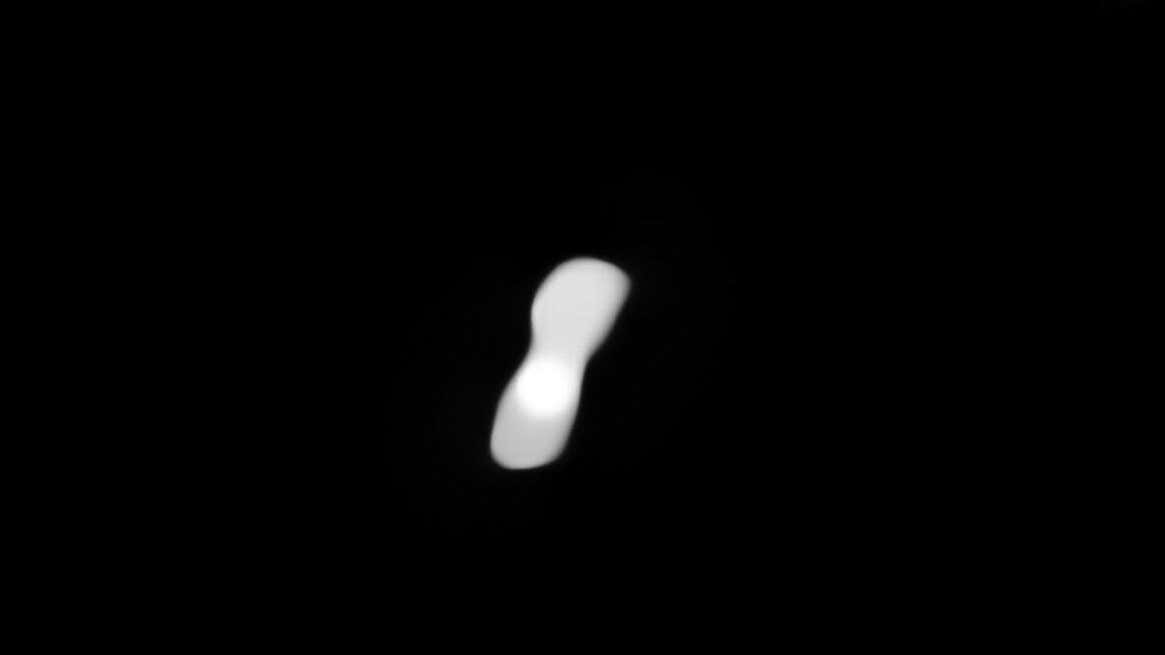Every once in a while, I come across a science story that is just so strange or so revealing that I can't resist posting about it. In this case, we have the asteroid, Cleo, also known as the 'bone' asteroid because of it's shape and apparent low density.
Recent observations have provided detailed images and a lot more information about the asteroid.
“The SPHERE instrument is one of these next-generation adaptive optics systems which is now capable of working in visible light,” said Marchis. “Consequently, it provides images in optical light—in this case in red—with the full resolution of the 8m-telescope, like if the VLT were in space.” To which he added: “Thanks to this amazing image quality, we can now see details about the shape of the asteroid, see the two lobes and the bridge connecting them.”
The asteroid is remarkable and odd. But what I find remarkable is the quality of the imaging and the amount of information about it that astronomers have been able to glean.
I have a math and physics minor from university and I've always had a strong interest in astronomy. When I think back about what was known when I was in school and what we know now, I am truly amazed. The advances in astronomy are at least comparable (and are due in part) to the advances in computing over the last few decades. As Paul Simon said: "These are the days of miracles and wonders".


No comments:
Post a Comment